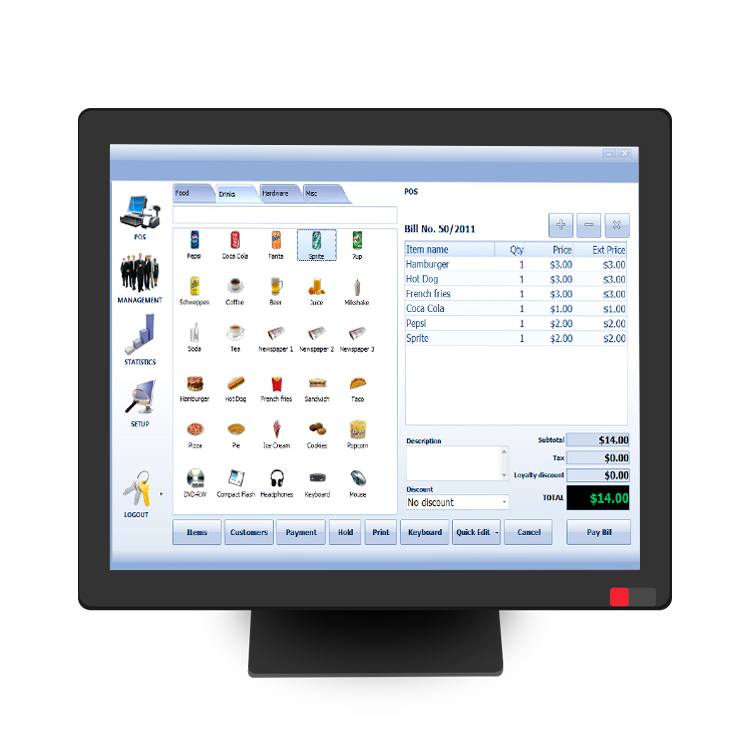How user-friendly is the interface of a POS (Point of Sale) terminal machine? In today's technologically driven retail environment, the interface of a POS terminal plays a critical role in enhancing efficiency, accuracy, and user experience. In this article, we will delve into the topic of interface usability and discuss various aspects that make a POS terminal machine user-friendly.
1. Importance of User-friendliness in POS Terminals
The user-friendliness of a POS terminal interface is crucial as it directly affects the efficiency and productivity of both cashiers and customers. A well-designed and intuitive interface minimizes errors, reduces training time, and enhances the overall shopping experience.
2. Intuitive Layout and Navigation
The layout and navigation of a POS terminal interface should be intuitive and easy to understand. The main functions such as scanning items, entering prices, and processing payments should be prominently displayed and accessible. The use of clear labels, icons, and color-coded buttons helps users quickly identify and perform the necessary tasks.
3. Simplified Item Entry and Search
Efficient item entry and search options are essential for cashier productivity. A user-friendly POS interface should allow cashiers to quickly enter item details, such as product name, quantity, and price. Additionally, the system should provide search capabilities, allowing cashiers to quickly locate items by scanning barcodes, using keywords, or utilizing image recognition technology.
4. Seamless Integration with Peripherals
Incorporating card readers, barcode scanners, and other peripherals into the POS terminal interface seamlessly is crucial for a user-friendly experience. The interface should support plug-and-play functionality, where peripheral devices are automatically recognized and integrated. Additionally, clear instructions and indicators should be provided to aid users in operating the peripherals effectively.
5. Customizable and Flexible Interface
A user-friendly POS terminal should allow customization to cater to specific business requirements. Cashiers often have individual preferences for the positioning of buttons, screen layout, and font size. Offering options for customization empowers the users and contributes to their overall satisfaction and efficiency.
6. Error Handling and Feedback
Effective error handling and feedback mechanisms are crucial attributes of a user-friendly POS interface. When errors occur, the interface should provide clear and descriptive error messages, guiding users on how to resolve the issue. A well-designed error handling system ensures that cashiers can quickly rectify errors, minimizing customer wait times and frustration.
7. Accessibility and Multilingual Support
A user-friendly interface should be accessible to all individuals, including those with disabilities. POS terminals should comply with accessibility guidelines, such as providing options for larger font sizes, screen readers, and color contrast adjustments. Furthermore, to cater to diverse customer bases, multilingual support should be available, allowing cashiers to interact with customers in their preferred language.
In conclusion, a user-friendly interface is pivotal in determining the efficiency, accuracy, and overall user experience of a POS terminal machine. By incorporating intuitive layout and navigation, simplified item entry and search functions, seamless integration with peripherals, customizable options, effective error handling, and multilingual support, businesses can enhance the usability of their POS terminals, resulting in improved customer satisfaction and streamlined operations.



